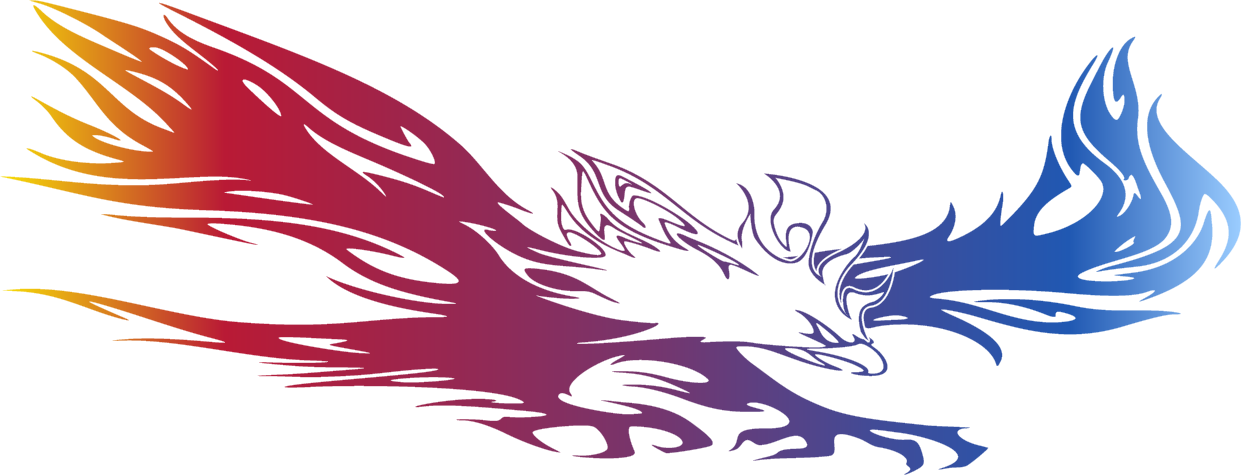Frequent Asked Questions
Can I afford fire sprinklers?
This question is best answered only after a review of the occupancy as the cost per square foot can vary widely due to great differences in installation requirements. Generally speaking, a sprinkler system can be installed in a new home for as little as $1-$2 per square foot which is less than the cost of a retrofit installation that can run in the range of $2-$3 per square foot.
Do fire sprinklers freeze in the winter?
In residential sprinkler systems the entire system is encapsulated within the heat envelope of the structure. There are other principles applied in commercial systems that allow the installation of sprinkler systems in cold areas and freezers.
When a fire activates one sprinkler, do they all go off?
Each sprinkler has its own heat element and operates independently from any other sprinkler.
Will a sprinkler system cause water damage?
Fire sprinklers are designed to control a fire in its early stages where less water is required. Most fires are completely controlled with the activation of only one or two sprinklers. A standard spray sprinklers releases approximately 20 gallons of water per minute compared to a fire hose releasing 150-200 gallons per minute. Therefore, an uncontrolled fire will encounter significantly greater water damage.
Can a fire sprinkler go off by accident?
The odds of accidental discharge due to a manufacturing defect are 1 in 16 million per year. Sprinkler piping is no more likely to leak than existing plumbing piping in every home and building.
Can you hide a fire sprinkler system in a house? Or, will a sprinkler system look ugly in my house?
Quick response residential sprinkler systems are designed to save your life by providing attractive ceiling sprinkler heads that blend unobtrusively into your room decor. Sprinklers cover plates, and escutcheons can be custom painted by the manufacturer to match any decor.
Is a smoke detector enough to save my house in a fire?
Smoke detectors will save lives by providing a much needed warning system. However, smoke detectors do nothing to extinguish a growing fire. Too often, battery operated smoke detectors fail to function because of dead or missing batteries. In order for detectors to help save your life, you must provide periodical maintenance.
How Fire Sprinkler Systems Operate
Water represents the ideal extinguishing agent for most fires. Fire sprinklers utilize water by direct application onto flames and heat. This action cools the combustion process and prevents ignition of adjacent combustibles.
Sprinkler systems are a series of water pipes which are supplied by a reliable water supply. At selected intervals along these pipes are independent, heat activated valves known as sprinkler heads. It is the sprinkler head which is responsible for water distribution onto the fire. Most sprinkler systems also include an alarm to alert occupants when a fire occurs.
During the incipient fire stage, heat output is relatively low and unable to cause sprinkler operation. As the fire intensity increases, however, the sprinkler’s sensing elements become exposed to elevated temperatures and they begin to deform. Assuming temperatures remain high, as they would during an increasing fire, the element will fatigue after an approximate 30 second to 4 minute period. This will release the sprinkler’s seals allowing water to discharge onto the fire. In most situations less than 2 sprinklers are needed to suppress the fire. In fast growing fire scenarios such as a flammable liquid spill, up to 12 sprinklers may be required for control.
Additional actions may occur when sprinkler activation happens. These include initiation of building and/or fire department alarms, operation of supplemental water supply systems, shutdown of selected electrical and mechanical equipment closing of fire doors and dampers, and suspension of processes.
